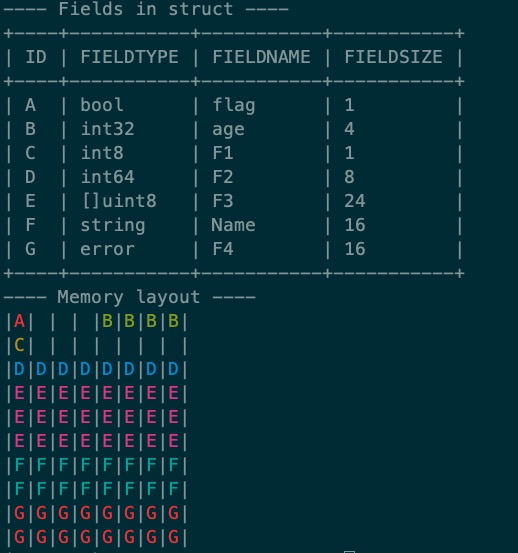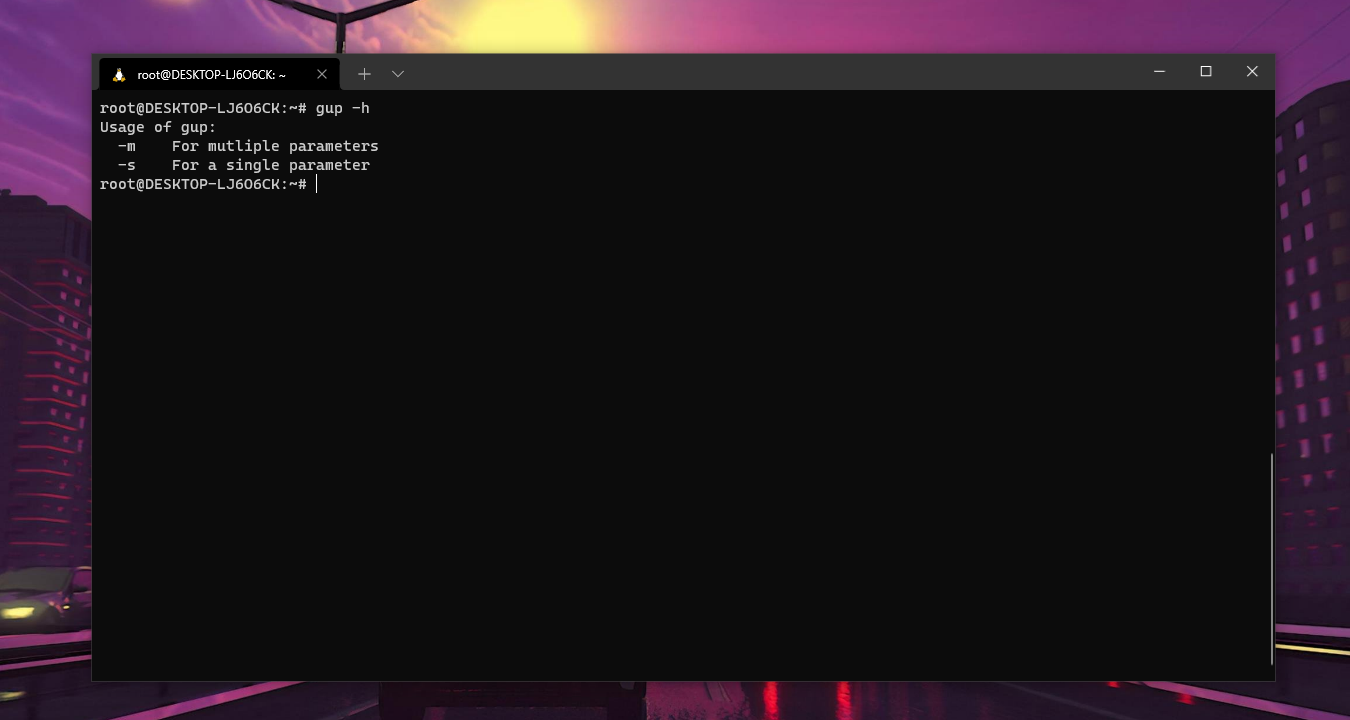STRUCTure EXtensions
structex provides annotation rules that extend Go structures for implementation of encoding and decoding of byte backed data frames.
structex aims to make it easier to represent industry standard data formats that can be directly embedded in code.
Example
Given the first three bytes T10 SCSI Primary Commands definition of a SCSI INQUIRY data 
A structex annotated struct type declaration might be
package main
import (
"fmt"
"github.com/HewlettPackard/structex"
)
type SCSI_Standard_Inquiry struct {
PeripheralDeviceType uint8 `bitfield:"5"` // Byte 0
PeripheralQualifier uint8 `bitfield:"3"`
reserved0 uint8 `bitfield:"6,reserved"` // Byte 1
LU_Cong uint8 `bitfield:"1"`
RMB uint8 `bitfield:"1"`
Version uint8 // Byte 2
}
func main() {
var inquiry = new(SCSI_Standard_Inquiry)
// Perform IOCTL on device, returns byte reader to byte response
if err := structex.Decode(byteReader, inquiry); err != nil {
panic("a problem")
}
fmt.Printf("SCSI Peripheral Device Type: %d\n", inquiry.PeripheralDeviceType)
fmt.Printf("SCSI Peripheral Qualifier: %d\n", inquiry.PeripheralQualifier)
fmt.Printf("Inquiry Version: %#02x\n", inquiry.Version)
// etc
}
Annotation Format
Bitfield
Bitfields define a structure field with an explicit size in bits. They are analogous to bit fields in the C specification.
bitfield:"[size][,reserved]"
`size`: Specifies the size, in bits, of the field.
`reserved`: Optional modifier that specifies the field contains reserved
bits and should be encoded as zeros.
Self-Described Layout
Many industry standards support dynamically sized return fields where the data layout is self described by other fields. To support such formats two annotations are provided.
sizeof:"[name][,relative]"
name Specifies that the field describes the size of `name` within the
structure. Should be used with slices.
During decoding, if field is non-zero, the field's value is
used to limit the number elements in the array or slice of
name `name`.
relative Optional modifier that specifies the value describing the size of
`name` is relative to the field offset within the structure.
This is often used in T10.org documentation
countof:"[name]"
name Specifies that the value describes the count of elements in
the `name` field.
During decoding, if field is non-zero, the field's value is
used to limit the number elements in the array or slice of
name `name`.
Truncation
Structex expects sufficient data for decoding the desired structure. When data structures are used to define a maximum size of the response buffer, you can use the truncate tag on an arry or slice to permit structex to truncate the returned data with what is provided by the source buffer. If truncate is not specified and the provided buffer is of smaller size than the data structure, an io.EOF error is expected.
truncate:""
Alignment (Not Yet Implemented)
Annotations can specified the byte-alignment requirement for structure fields. Analogous to the alignas specifier in C. Can only be applied to non-bitfield structure fields.
align:"[value]"
value An integer value specifying the byte alignment of the field.
Invalid non-zero alignments panic.
Full Tags
The tags documented above are abbreviated for ease of use; if desired, the full tag format is supported. This provides clarity that tags are part of the structex package, but it means typing more and using every sort of quote and backtic at your disposal.
Examples
`structex:"bitfield='3'"`
`structex:"bitfield='3,reserved'"`
`structex:"countOf='D'"`
`structex:"sizeOf='E'"`
`structex:"sizeOf='F,relative'"`
`structex:"align='8'"`
`structex:"truncate"`
Performance
structex places code and structure definition readability ahead of any pack/unpack performance. In brief, performance is abysmal.
For those looking for more performant code, consider code generation or a cache based solutions




